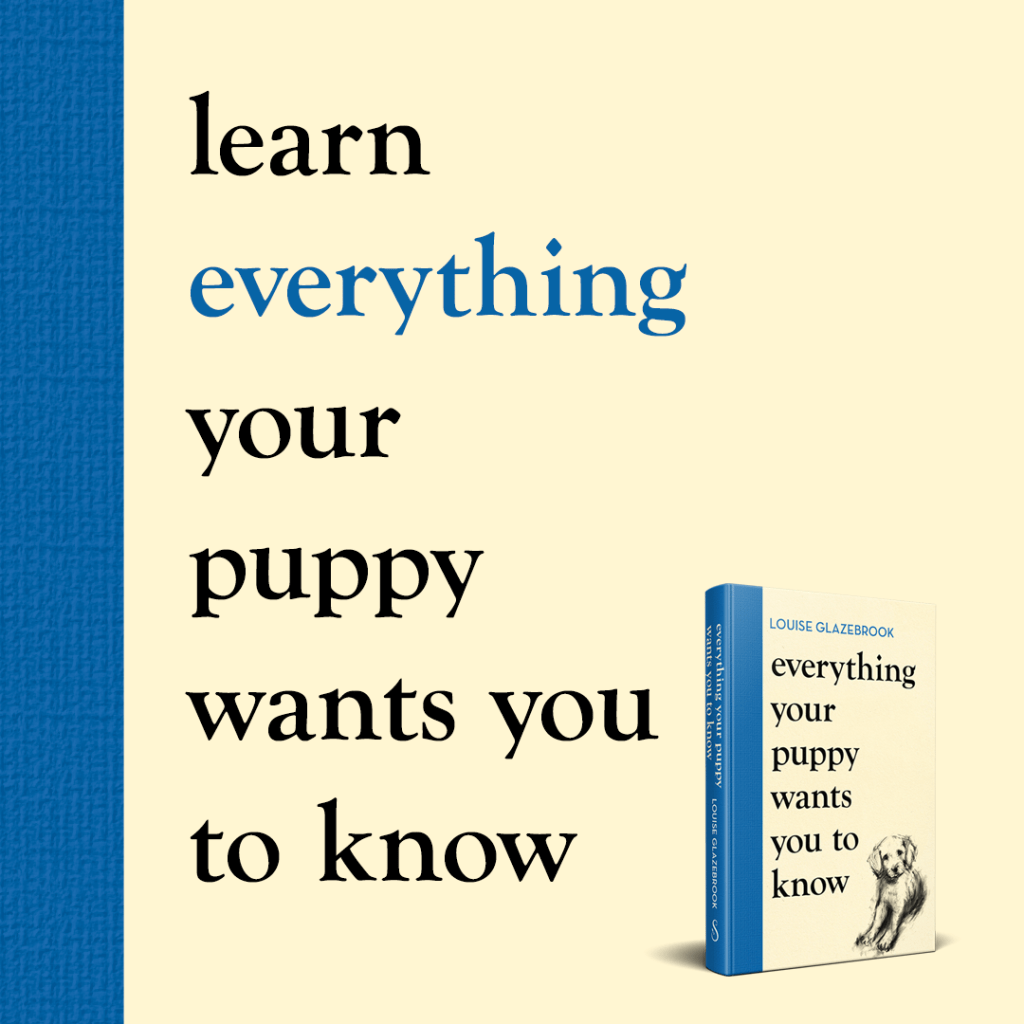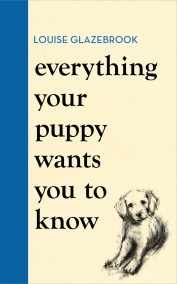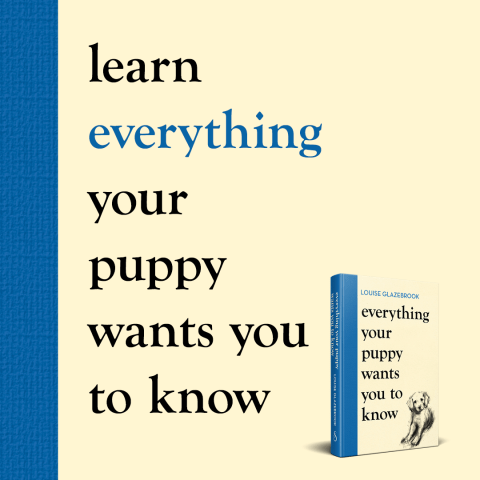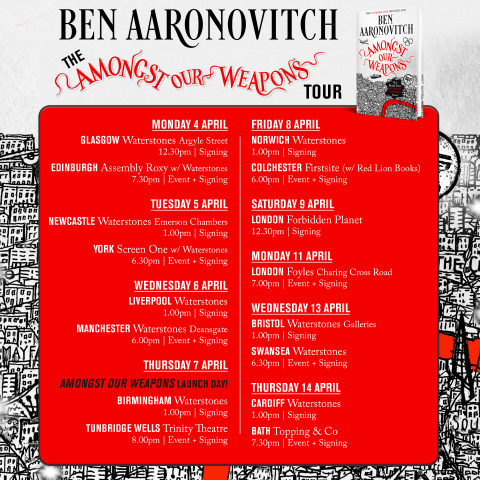Teaching your puppy manners around food

Teaching Manners Around Food
There are many ways we can start to teach our puppies about how we want them to behave around food e.g. to not grab, not beg and not steal croissants from kids’ hands!
The main thing is to make sure that your puppy is satisfied with the food they are being fed at home – that means their food is fresh, nourishing and not a dry food like kibble or tinned wet food. Any dog fed unsatisfying food is bound to go searching for better options in life, and who can blame them?
Taking as our starting point that our puppy is well fed on satisfying and nourishing food, we can begin to think about various ways we can teach our puppies to behave around the temptations of human food.
Here are some easy and simple ways to begin this process . . .
- Don’t feed directly from the table while humans are eating. Instead, put a bowl in the middle of the table and place in it any scraps or leftovers you want to give the puppy. After the meal, use these scraps as you see fit, e.g. add them to treat-dispensing toys or their usual feeding bowl, or use for training.
- Start using a particular mat that you bring out at meal-times, and reward your puppy every time they go on to it. This mat can be a memory-foam bath mat or similar. It sounds simple, but this will take weeks of work, and you can encourage this by giving a chew on it or rubber lick mat that they begin to associate using when only on that mat. You can begin your training by simply throwing a treat onto the mat for your puppy to pick it up. While they are stood on it, you can keep dropping treats onto the mat. Then start to wait for them to offer you other behaviours that are desirable, like choosing to do a ‘sit’ or a ‘down’ with you continuing to reward by dropping a treat between their toes.
- Don’t take your puppy to a pub or café when they are really hungry. Sounds obvious, but a hungry dog is going to be a pain, in the same way a hungry child is! Either take food with you to feed them or take a chew that they can eat.
- If you don’t want your puppy around the kitchen/dining table at all, then from the first day you need to have your baby gate up at the kitchen or dining-room door and use it. Reward your puppy for being on the other side. Again, you can use a mat and provide something for them to be eating or chewing, e.g. a raw bone.
- If you have young children in highchairs, be aware that they are capable of creating a begging dog in a matter of hours by hand-feeding from their chair without you even realising! My two-year-old did this with Fred the Great Dane, who could rest his entire head on the table next to her! It took begging to another level.
- Make sure you are feeding a variety of fruit, veg, fish, meat, bones, chews and scraps to create variety in your dog’s diet, unless you have been advised otherwise because of allergies. Rest assured that feeding a dog your food scraps does not increase their interest in human food. Food is food as far as a dog is concerned!
- If you want to eat out with your puppy in restaurants and pubs, you need to start working on teaching them to get used to being on a lead when you are carrying drinks. You can practise this in the kitchen. It is the same for them being attached by a lead to a chair or table leg: start work on this at home. You can’t expect them to lie calmly on a lead under a table in a busy environment like a pub if you haven’t shown them how to do this in their own spaces. Slowly build up to more distracting places.
- If your dog enjoys their crate and they are tired, there is no issue with you putting them in the crate while you eat.
- If you are struggling with your puppy being a land shark in the evenings when you just want to sit and eat something, feel free to use a movable fence, which tends to be metal grid panels that fix together but are easily adjustable. Sounds strange, but you can put it around your table or by your sofa to section off the room. Just make sure your puppy can still clearly see and hear you, and that you have left plenty of chewy things on the other side of the fence for them to play with.
- If your puppy is small enough, you can use their puppy bag placed by your feet. Unzip the top part so you can reach in, but leave the sides shut so they can’t get out. This keeps them safe and will stop strangers’ hands from bothering the puppy, but also allows you to drop in the occasional scrap or treat to reward your puppy for staying still.
Extracted from Everything Your Puppy Wants You to Know by Louise Glazebrook. Published 12 September 2024 in Hardback, ebook and audiobook.







